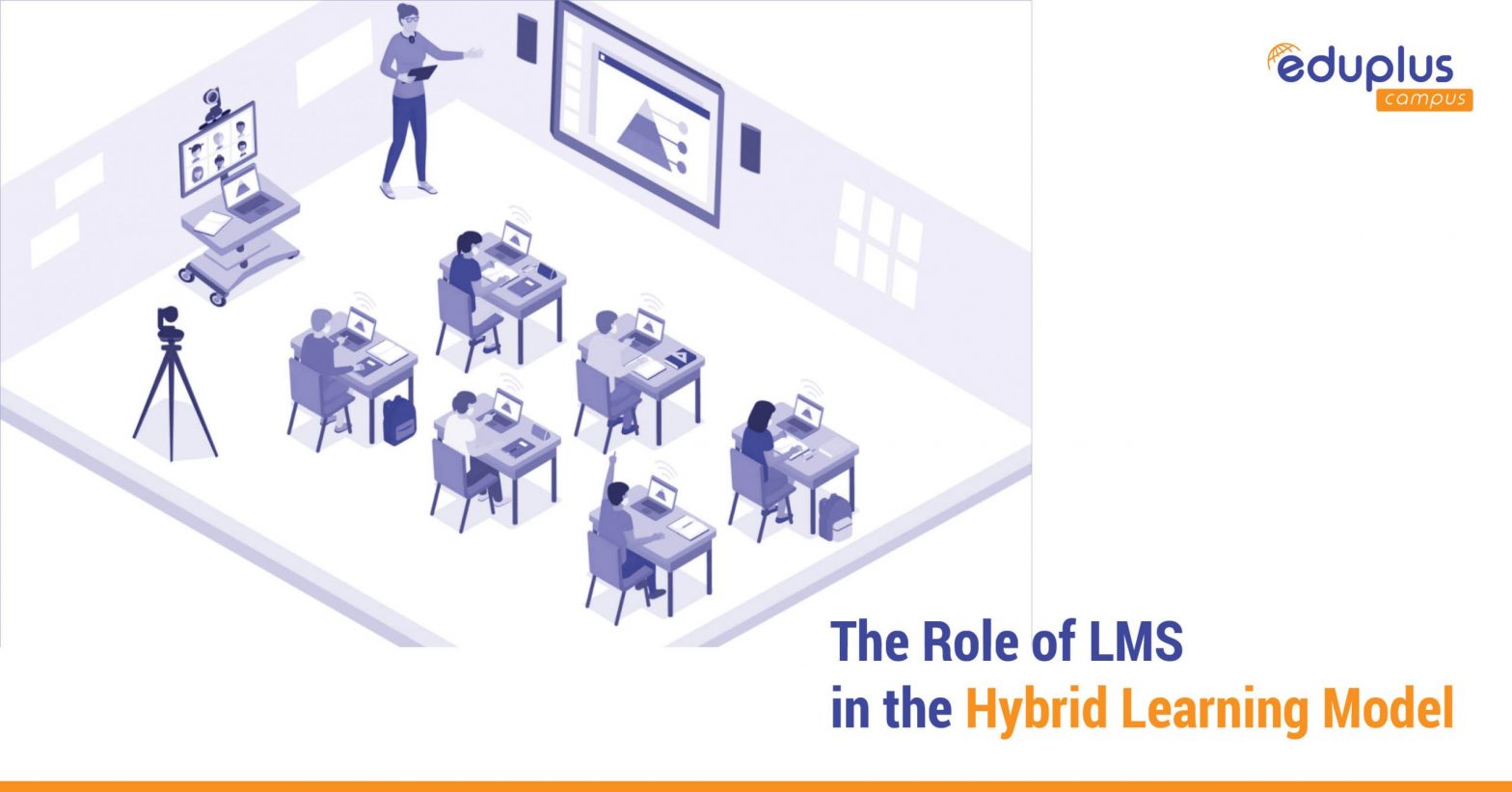The Role of LMS in the Hybrid Learning Model
The versatility of the method is drawing everyone to its features. For most parents/teachers and administrators who in the last two years have had to adapt LMS and go from offline to online to some part of offline, the hybrid learning method offers a fresh perspective to both; the backend users and customers. holdbarhet nespresso kapsler
vinglas boda nova
qatar airways handgepäck gewicht
חוק רמקולים תחת כיפת השמיים
כורסא אגורה
nike tech fleece tapered joggers in blue
dámské jarni kotníkové boty tamaris
best apple watch bands for women
dežna obleka za otroke
spodnje hlače moške
Hybrid learning, in simple terms, means an educational model where few students attend the class physically, while some join virtually from home. This method in the times of COVID helps parents/students and teachers to continue teaching, educating and learning even with restrictions and lockdowns around.
LMS helps make hybrid learning successful by tailoring the learning format, irrespective of which part of the model it belongs to.
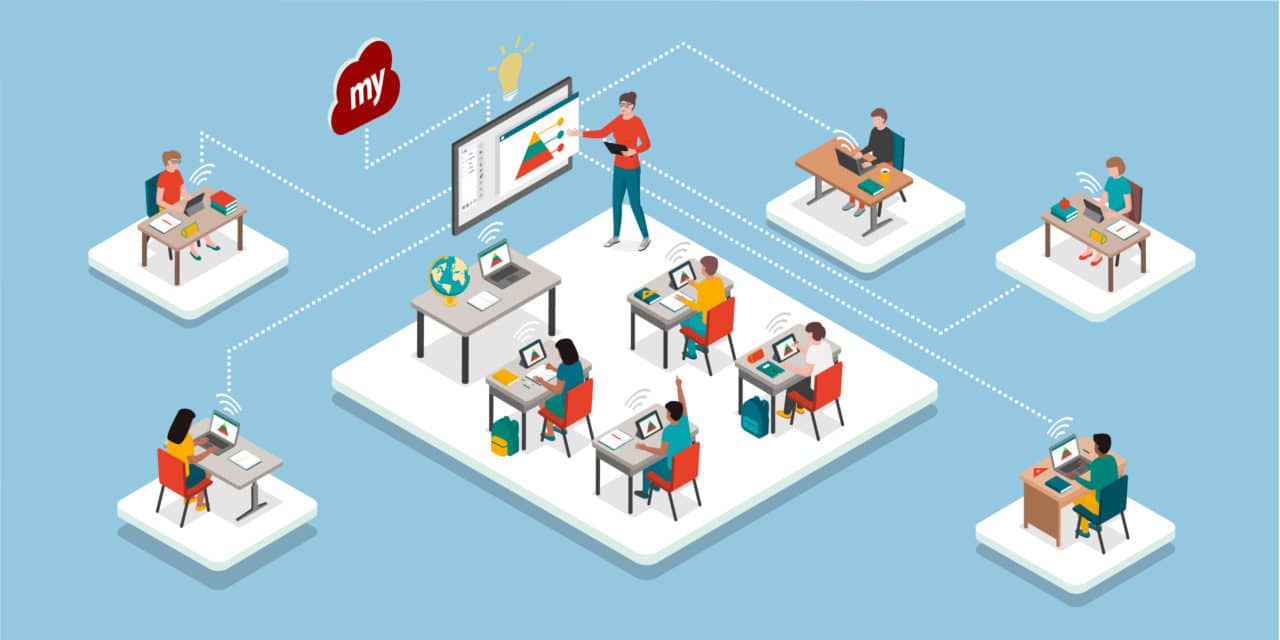
What is a Hybrid Learning Method?
Hybrid learning is a teaching method where teachers instruct in-person and remote students simultaneously. In this model, to back what has been taught multiple supplements and face to face instructions.
In some cases, hybrid classes offer the option of various learning elements, a few online courses and a few pre-recorded video instructions to support face-to-face learning and online courses while making education attainable for all students.
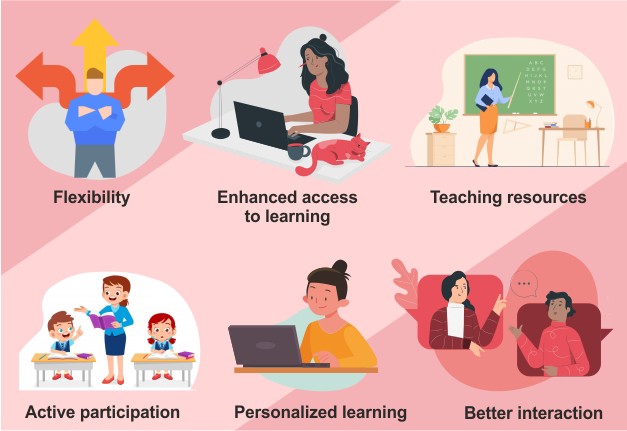
Benefits of Hybrid Learning
Hybrid learning aims to combine online and offline learning methods to create a singular learning experience while tackling the weak spots.
Many schools are transitioning to hybrid models for flexibility: a flexible learning schedule, flexibility in teaching modes, flexibility in engaging students with their learning methods, flexibility in collaboration and collaborations between peers and teachers. For parents afraid of sending their children to physical school due to COVID, the hybrid learning environment lets them learn remotely from home.
The hybrid model allows interpersonal communication between students, teachers and student-teachers. With hybrid models, practical exposure is possible, allowing students to form meaningful academic relationships and then build on them online.

Freedom to grow and explore academically
The online learning method restricted the interaction between students; the hybrid model allows students to excel at self-management and independent learning, thriving under the circumstances. It gives students the freedom to revisit the material any number of times at their pace.
The model
The hybrid model comes in many different forms, depending on the content and instructors’ communication skills and course experience.
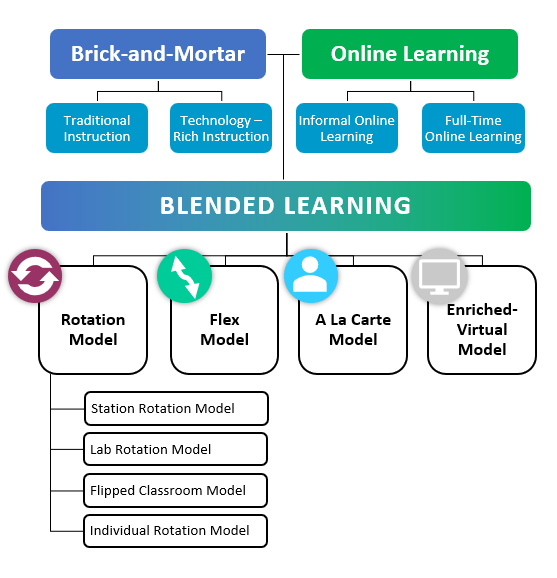
The Structure
Teachers and parents can come together and devise a hybrid structure that gives the student ample time and opportunity to grow and learn.
Ideology
Hybrid learning is strategic; it follows a diverse approach that is student-centric, methodological that helps define a series of processes and practices. It follows the spectrum of technological adoption and adaptation.
It is a system bent on students spending at least half of their time learning online and the rest of the time in physical classrooms, following safety protocols.
Why is it important?
Hybrid learning is a strategic and synchronised learning landscape. It is an emerging trend within education. As a result of the COVID-19 pandemic, educators have discovered that a certain amount of flexibility is needed both during the current situation and onward into the future.
While in-person teaching will remain an essential part of education for the foreseeable future, we now see the need to open up multiple channels to respond to not just extreme conditions like a global disaster but the day-to-day interruptions of practical education. Hybrid teaching not only makes learning more accessible to the differently-abled, but it also allows educators to reach remote areas, helps students stay connected during extended absences, and familiarises both educators and learners with the latest communication technologies.
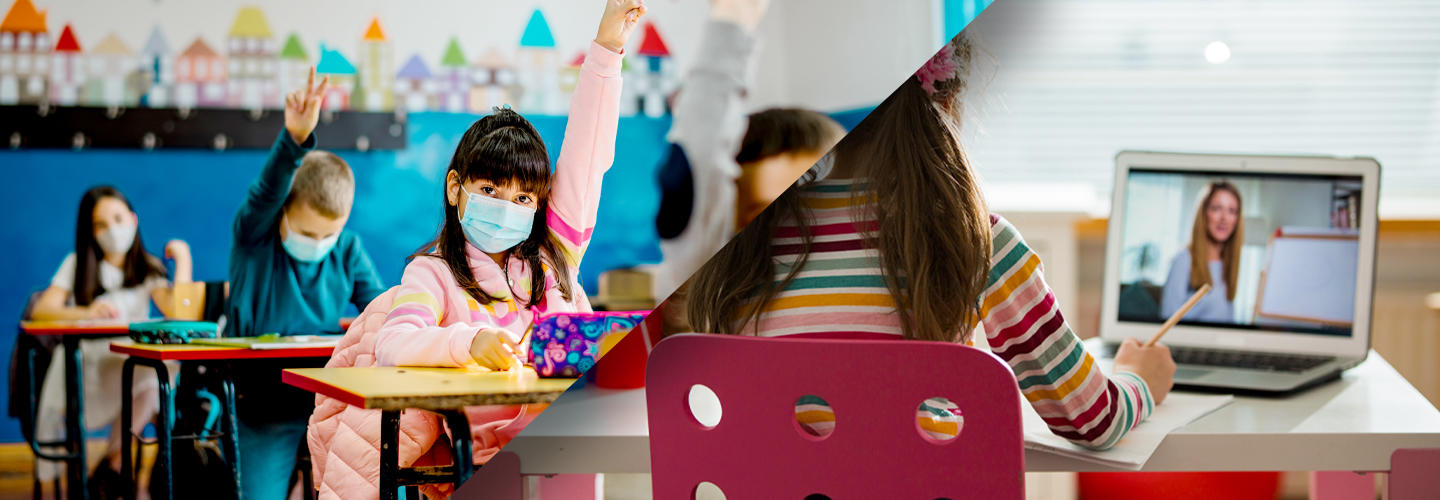
Hybrid learning will be part of a holistic education approach as EdTech, and educational best practices continue to grow and evolve. While hybrid learning – and more broadly blended learning – have been emergency measures in the past, they are likely to become mainstays of teaching and learning in the years to come.
Edupluscampus is always inspiring innovation; with integrating the hybrid learning model with the expertise of a learning management system, Edupluscampus is here to ensure your smooth transition into the hybrid learning system.
